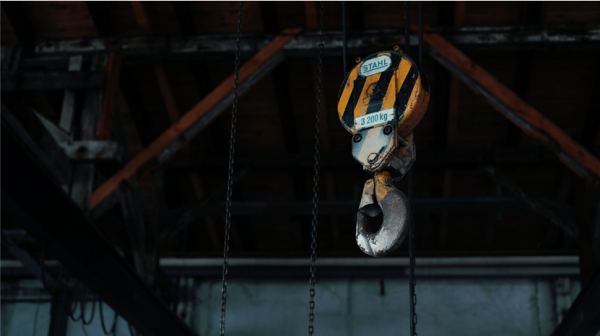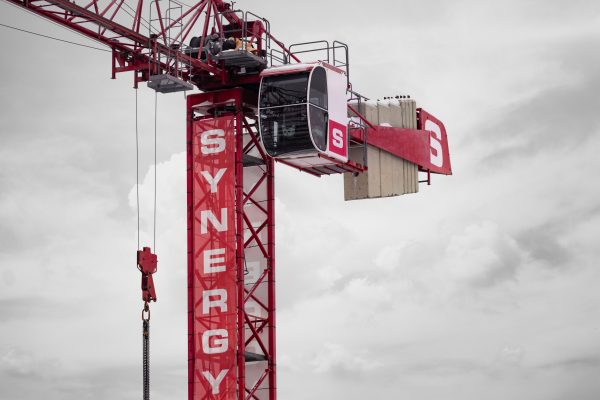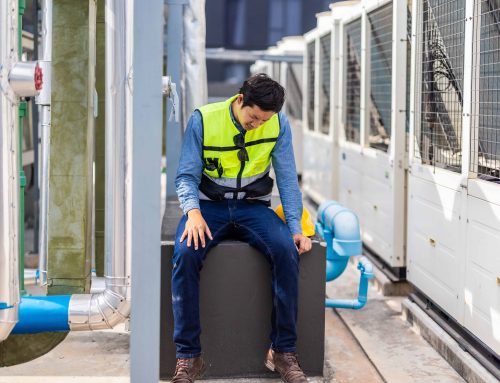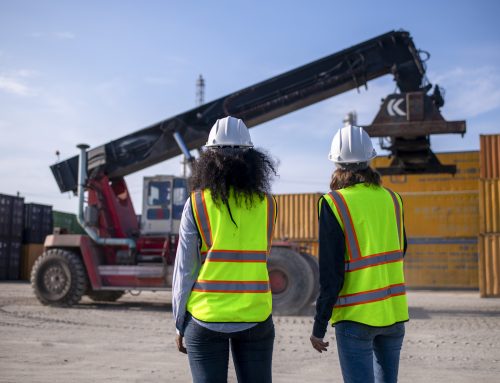Last Updated on
What is a crane lifting plan?
Lifting plan is one of the critical parts of the Crane Use Planning Process, it’s carried to figure out the load weight, capacity, site conditions, and crane configuration. However, the plan is not always the same with every kind of lift which is categorized as ordinary, pre-engineered lifts, and critical. A pre-engineered lift is a common one, the objects are the same, they need lifting repeatedly in the same environment so a lift plan is not necessary every time a lift is performed. Ordinary lifts are routine lifts that require only rigging basics and minimal safety precautions. Critical lifts are much more tricky than the other 2, they require more extensive and comprehensive planning.
Risks during crane liftings
There are certain potential risks related to lifting operations, the common ones include:
- Overturning of the crane: when the load is heavier than the crane’s capacity making the truck turn onto its side.
- Breaking the boom sling: the same consequence when the crane’s capacity is smaller than the load’s weight causing damage to the boom sling or even can break it.
- Touching overhead power lines: when the working environment is not taken into account, the boom may get stuck with the unnoticed overhead power lines. In this situation, the crane operators may get shocked and even electrocuted by the high voltage electric.
- Falling objects: Objects falling from the load or dropped during crane assembly operations create a potential hazard. Even small pieces of steel dropped can cause fatal injury if it strikes a person. The reason for these accidents simply, in many cases, is that the load has not been rigged and balanced properly.
- Collision with obstacles: Blind lifting or making a lift in difficult situations without cautions will lead to a collision with other objects or even people who work nearby the crane.
What is a critical lift?
According to OSHA, a critical lift was defined as one that exceeds 70% of the rated capacity of the crane or derrick or requires the use of more than one crane or derrick. Many other government agencies and industry associations such as NIOSH, the US Army Corp of Engineer, and the Department of Energy use different criteria to classify a critical lift such as the lifting of personnel; load suspension above rigging personnel; loads not in view of the crane operator (blind lift); loads of exceptional value and loads that have the potential for becoming unstable during rigging.
However, how a critical lift is defined is not as important as the plan that needs carrying to ensure a safe lift. Before making every critical lift, a critical lift plan should be prepared by a qualified person such as the crane operator, supervisor, or rigger. The lift plan is documented in writing and made accessible to all parties associated with the lift. The arrangement of the plan should include:
- Description of the lift
- Crane position and configuration
- Lift height
- Load radius
- Boom length and angle
- Size and weight of the load
- Percent of crane’s rated capacity
- Personnel involved
- Rigging plan
- Communication method
- Ground conditions
- Inspection procedures
- Procedures for hoisting personnel
How to make a critical lifting plan?
During the plan-making process, these following factors should be specially considered. First, one of the most important factors in lifting is the load. Not only the weight and dimensions of the load but also the location of the load’s center of gravity and quantity of approved lifting point should be taken into account because the load is going to have a direct interaction to a crane’s maximum capacity.
A lift plan has to be responsible for not just the load but also the environmental conditions whether working alongside a river or close to the public; in windy or sandy situations. The working environment also means the ground under the lift, whether the footing is solid or has sensitive ground bearing issues.
The next thing that should be looked at is the personnel. In every project, humans play the key role, each person within the lifting project should achieve the defined level of competency and be qualified enough for the assigned position. All human’s safety should also be assured, especially in the lifting situation that hoists personnel. Hoisting personnel is not allowed unless other options are more dangerous or impossible because of the worksite conditions. For hoisting personnel in a crane suspended platform, all OSHA requirements should be followed:
- The total weight of the load must not exceed 50% of the crane’s load chart capacity.
- The crane Hook must have a positive locking safety latch.
- The safety factor of the load lines must be at least seven times the maximum intended load.
- The locking gate provided with the guard rails should not swing outward.
- Rated safe working load weights and weight of the platform conspicuously and permanently marked on the Platform.
- Before hoisting employees and after any repair or modification, proof testing at 125% of the platform’s rating capacity is required. Whenever the crane is moved to a new location, a new proof test is required.
After making the critical lifting plan, a pre-lifting meeting involving all members must be held. During this meeting, the whole plan must be evaluated to certify that the project team is prepared to safely conduct the lift. All of the equipment must be inspected such as check the rope for any damage and make sure it is well lubricated, check the hook for cracks or twisting, ensure control buttons are identified properly and the sling choice is appropriate. Sometimes a practice lift with similar crane configurations and load conditions should be conducted by the same crew and the same equipment to ensure that everything goes perfectly with the plan.







